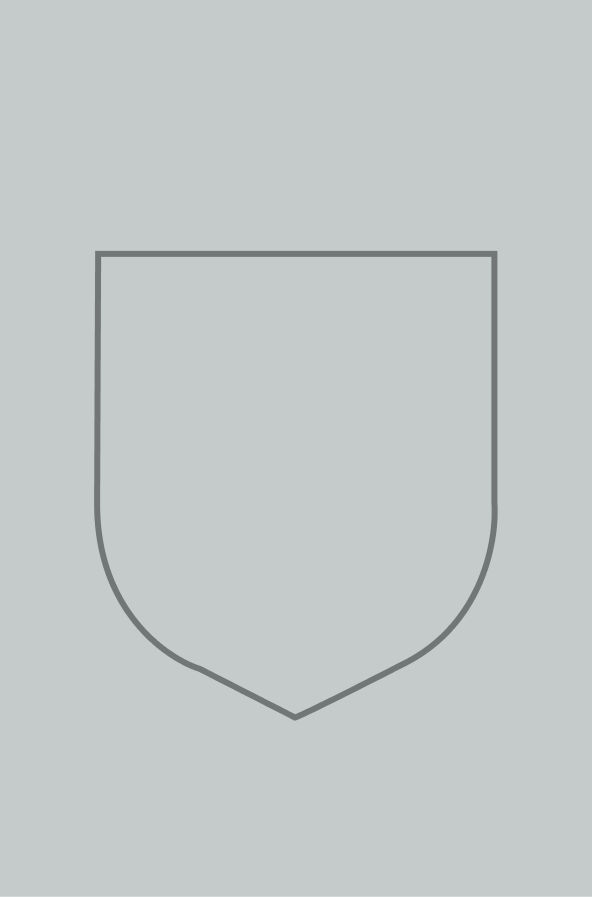Computer Vision for Visual Effects
Modern blockbuster movies seamlessly introduce impossible characters and action into real-world settings using digital visual effects. These effects are made possible by research from the field of computer vision, the study of how to automatically understand images. Computer Vision for Visual Effects will educate students, engineers and researchers about the fundamental computer vision principles and state-of-the-art algorithms used to create cutting-edge visual effects for movies and television. The author describes classical computer vision algorithms used on a regular basis in Hollywood (such as blue screen matting, structure from motion, optical flow and feature tracking) and exciting recent developments that form the basis for future effects (such as natural image matting, multi-image compositing, image retargeting and view synthesis). He also discusses the technologies behind motion capture and three-dimensional data acquisition. More than 200 original images demonstrating principles, algorithms and results, along with in-depth interviews with Hollywood visual effects artists, tie the mathematical concepts to real-world filmmaking.
- Includes film stills and interviews with Hollywood visual effects artists that tie the mathematical concepts to real-world film making
- Describes state-of-the-art algorithms
- Offers a general introduction to computer vision through the lens of visual effects; more than 150 exercises make the book suitable for use in the classroom as well as for professionals
Product details
January 2013Hardback
9780521766876
405 pages
261 × 180 × 26 mm
0.97kg
170 b/w illus. 50 colour illus. 2 tables 168 exercises
Available



